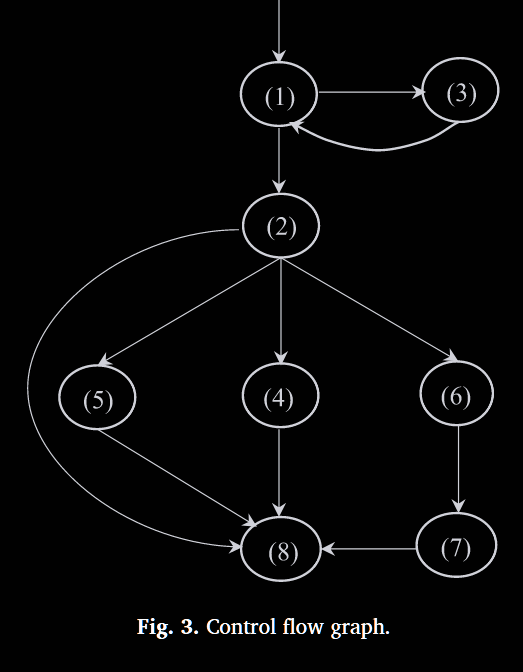Definition
Identify critical pages in a web application may be critical to prevent BFT (business flow tampering), especially in the context of missing sequence check, when an attacker tries to access page C from page A, skipping page B, because the web application solely relies on CSRF (cross-site request forgery) token to validate the access and does not enforce the intended sequence
The critical web pages can be identified by modeling the web application as a directed graph (see ESG (event sequence graph) and EFG (event flow graph))

The critical pages in the workflow graph are identified by obtaining cut-vertices
- A cut-vertex is a vertex in a graph G whose removal either increases the number of components of G or disconnects G or create unreachable nodes
- if more than one node achieves this result, it is possible to rank the nodes based on the impact of their removal on the graph and take the most important ones
- a cut-vertex refers to a web page which, when skipped, disconnects/disturbs the workflow of the application the most
- a cut-vertex of the workflow graph corresponds to the web page developed with the intention that it should not be skipped while following the workflow
The cut-vertices from the graph are nodes (1) and (2) Additionally, removal of Vertex (6) makes Vertex (7) unvisited from Vertex (1) during the depth-first search. Thus, the critical pages inferred from the application are (1) , (2) , (6).
